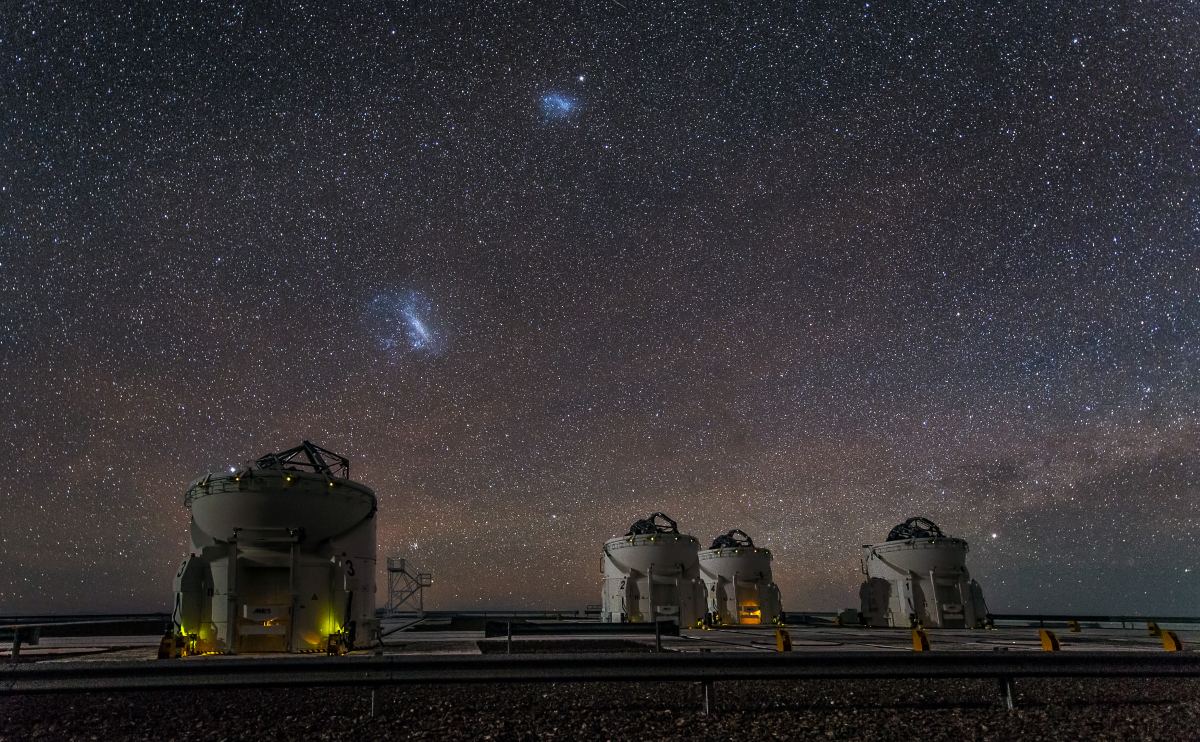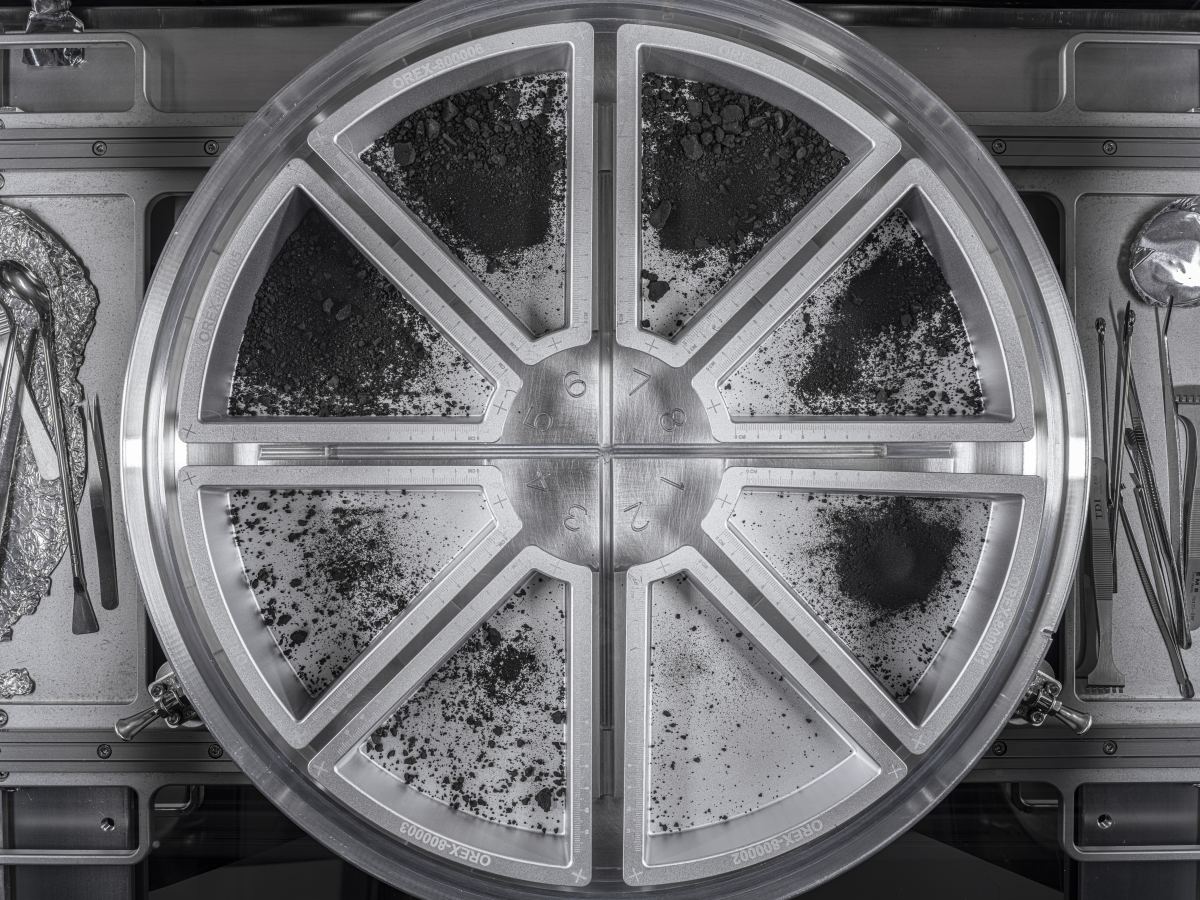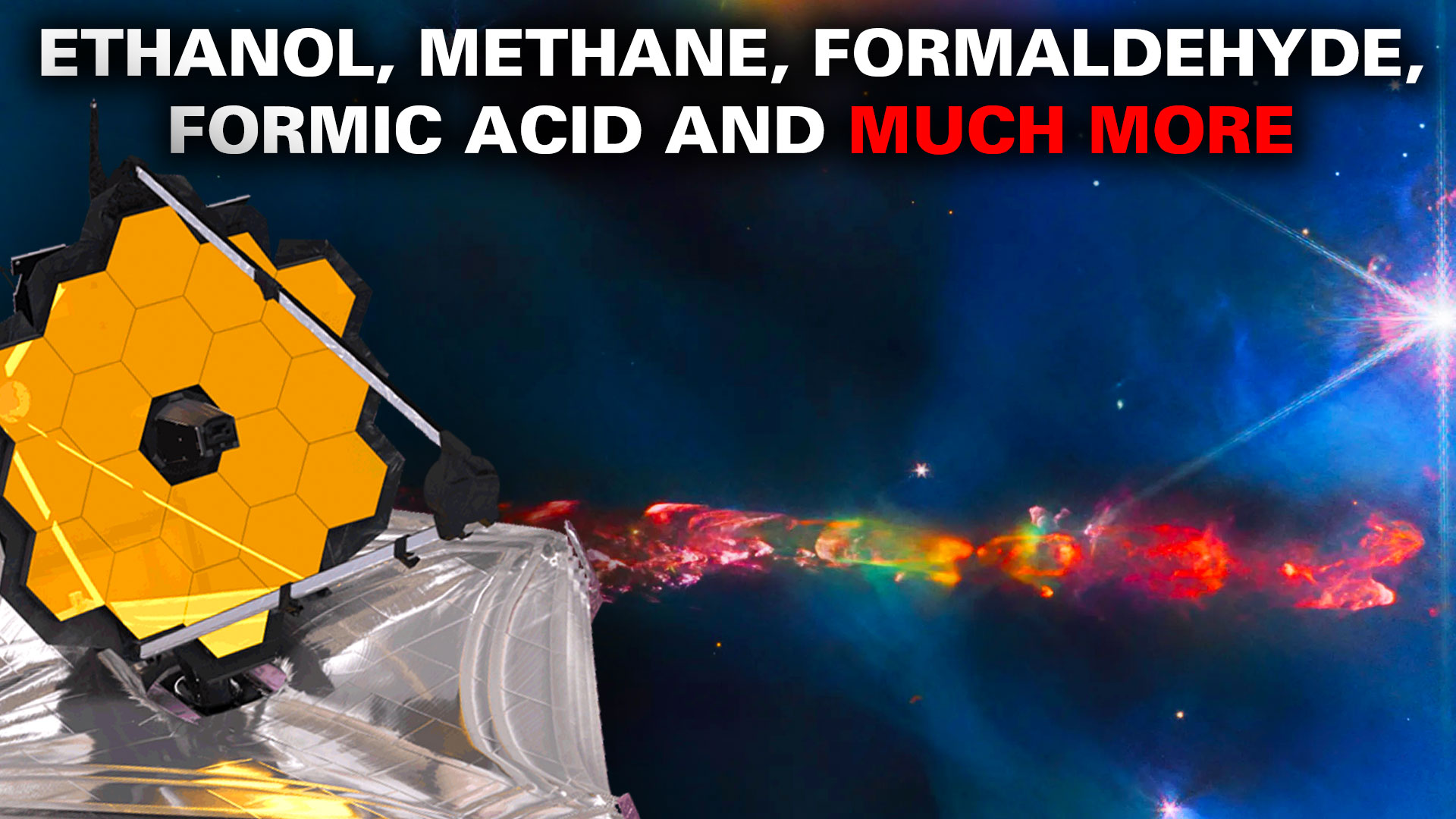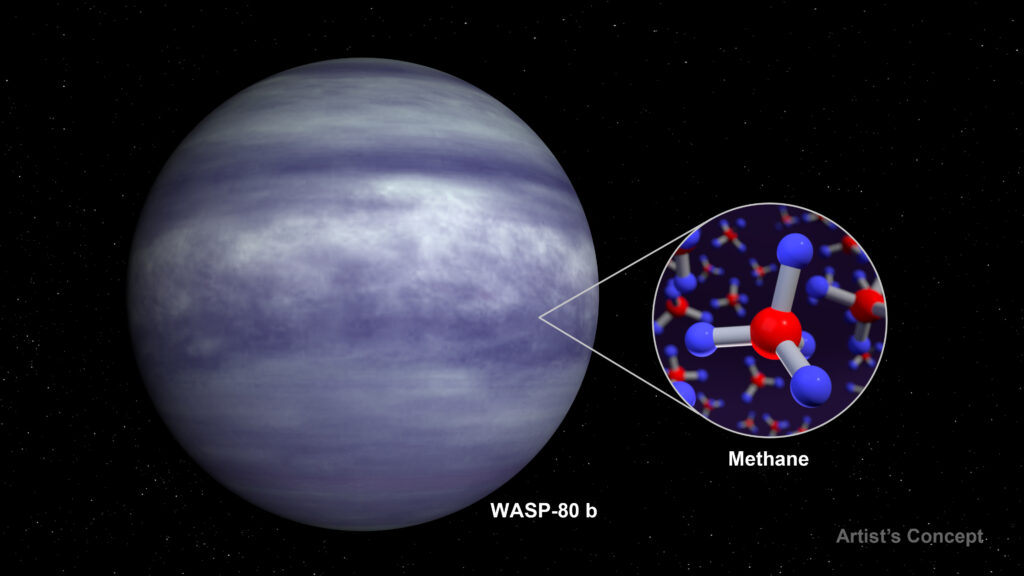Earth’s last half-billion years were action-packed. During that time, the climate underwent many changes. There have been changes in ocean levels and ice sheets, changes in the atmosphere’s composition, changes in ocean chemistry, and ongoing biological evolution punctuated with extinction events.
A record of Earth’s temperature over the last 485 million years is helping scientists understand how it all played out and illustrating what could happen if we continue to enrich the atmosphere with carbon.
Continue reading “From Frozen to Sweltering: Earth’s Climate Over the Last 485 Million Years”









